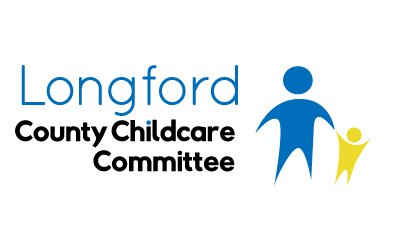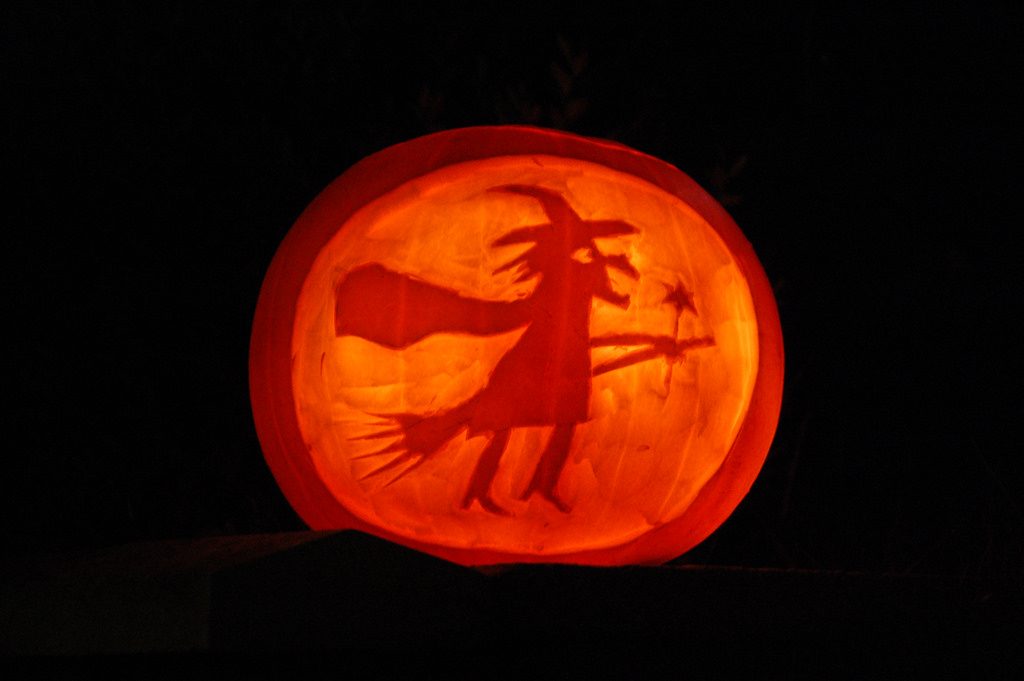Halloween
Autumn is here and many children in our services are getting excited about the upcoming holiday – Halloween. But where did Halloween come from? Is it an Irish holiday? Where did it originate from? Is it suitable to celebrate with young children in early years services? This blog will hopefully answer these questions and more for you.
Why do we celebrate Halloween?
Halloween is on October 31st of every year. It was originally meant to honour the dead and was previously known as All Hallows Eve, dating back over two thousand years ago. The exact origins of this holiday is disputed but it appears that there are both pagan and Christian influences on what we know as Halloween today.
The pagan festival Samhain, which means Summers End and is celebrated at the end of autumn is believed to be the origin of Halloween. This was a time where spirits, allegedly, wandered the earth in search of new bodies to possess. The Christian link to the holiday is that it falls on the day before the feast of All Hallows, where Christians honour saints and pray for the souls who have yet to reach their eternal reward in heaven.
So what has all this got to do with dressing up?
This holiday is very much about avoiding unknown and wandering spirits and so apparently our Celtic ancestors dressed up in white and blackened their faces during Samhain to trick evil spirits that they believed would be roaming the earth before All Saints Day on November 1st.
So is it an Irish Holiday then?
Well this is hotly debated among experts but it is believed that Halloween only arrived in the United States with the arrival of the famine era Irish who brought their own brand of Catholicism mixed with pre Christian customs.
And where do pumpkins come into it all?
The carving of pumpkins originates from the Samhain festival, when our ancestors would carve turnips to ward off spirits and stop fairies from settling in houses.
The influx of Irish immigrants in the 1840s to North America could not find any turnips to carve, as was tradition, so they used the more readily available pumpkin into which they carved scary faces.
Halloween in the Early Years?
So with all this talk of evil spirits, dead souls and blackened faces, is it really an appropriate holiday to celebrate with young children in our early years services.
Early years practitioners know that toddlers and pre-schoolers love dressing up activities and make believe play. This can be expanded upon and extended for young children without being scary. A child’s fascination with fire fighters, the Gardaí, princesses etc. can be embraced at this time. It is also a time to model and encourage traits like sharing; while giving treats to trick or treaters and listening; as children explain their rationale for dressing up as who they did.
Halloween Activities
When planning your Halloween theme you need to consider how meaningful the activities are that you are planning. Will children benefit from making a spider from egg cartons and pipe cleaners? Maybe so if they express an interest in it individually but if a group of children are all making the same thing – is this meaningful to them as individuals?
Halloween is as good a time as any to embrace non directive art. Provide children with a variety of paper, paints, gluing, loose materials, crayons, chalk etc. and encourage them to make a Halloween creation that is individual to them. Record their description of their art, write it on it and share it with parents. Parents and children will take much more ownership of a piece of work that came from the child themselves than one that was clearly practitioner led and directed.
Happy Halloween everyone

